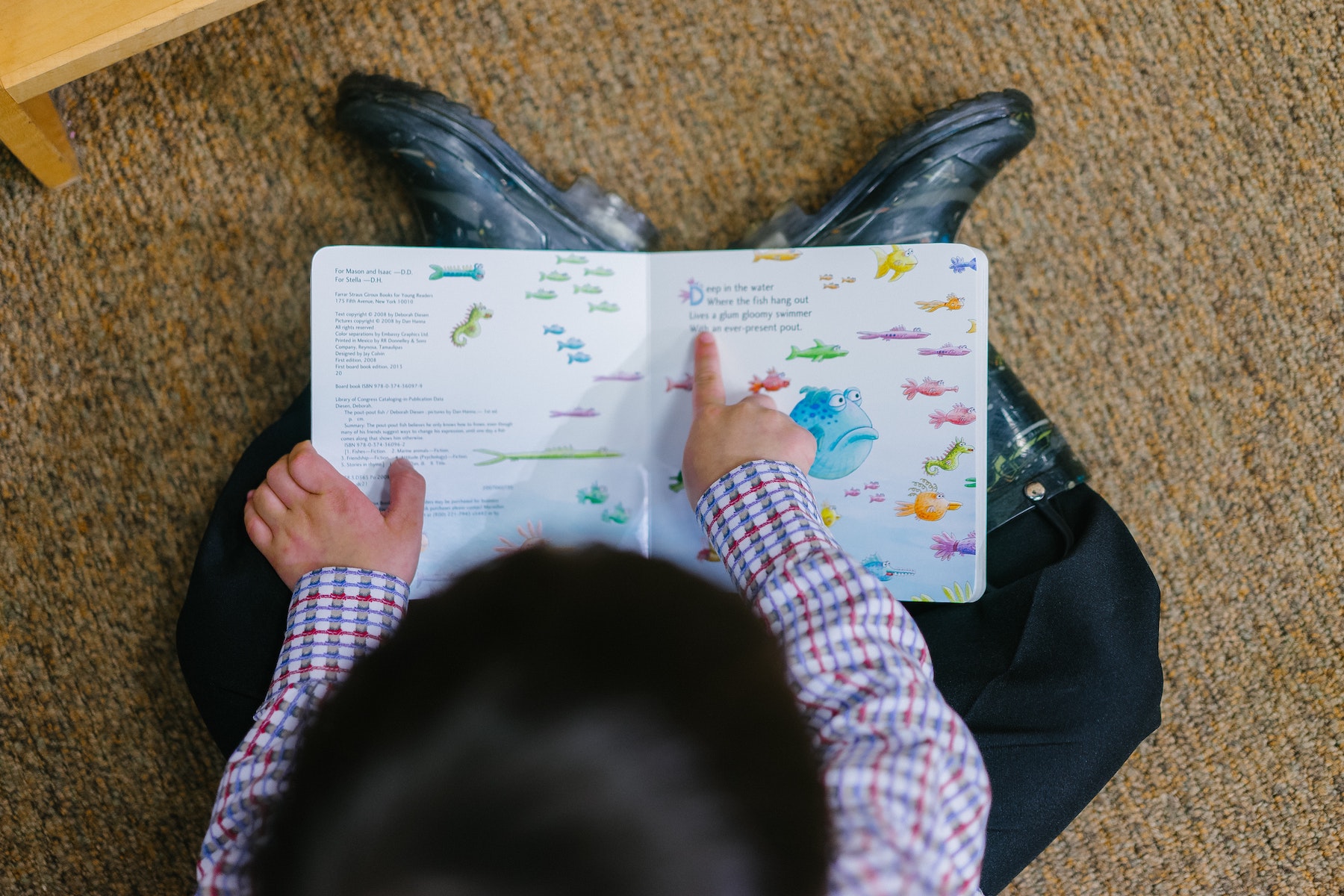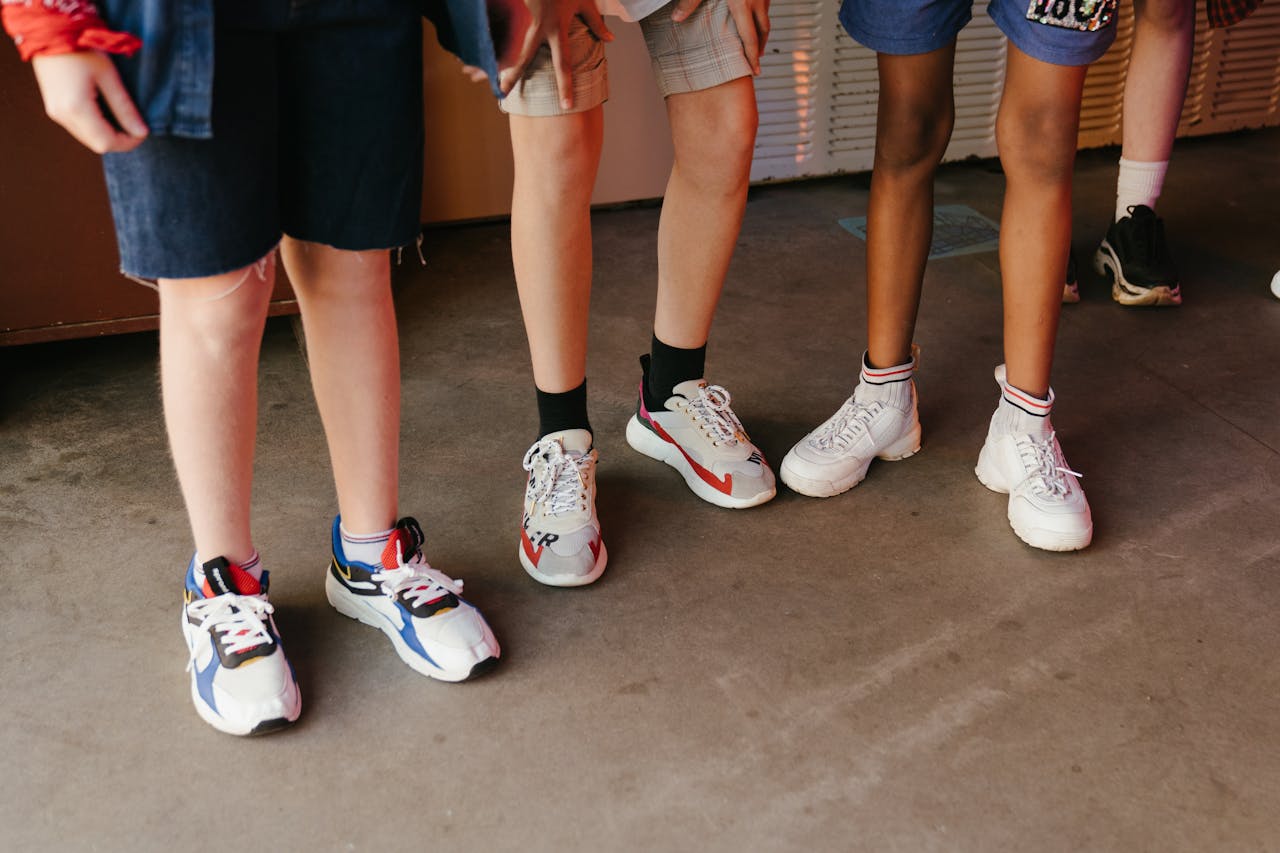
Enter a room full of six- and seven-year-olds and you’re bound to spot one thing right away: the cute little gaps of kids who whistle while they talk. Forget calling it first grade. This is the Missing Teeth Club.
And the similarities don’t stop there. Here are five things all first graders have in common and what you can do to leverage this phase of life.
1. First Graders Talk Nonstop
With this group, breath takes a backseat to words. They say what they think and they talk without thinking. And then, only when absolutely necessary, they gulp in some air and start again. This pace of conversation leads to lots of laughs and . . . maybe some embarrassment too.
What you can do: Make the most of your time together by leaving room for informal conversation—just let those kids ramble. You can figure out a lot about their life just by listening.
2. First Graders Love to Learn
Oh, the wonder of letters, numbers, shapes, and colors! These kids are writing names and tying shoes with determination. The ability to really focus in on an activity longer than ever before (we’re talking 15 minutes here, so don’t get any wild ideas) means challenges are simply a platform for discovery and growth.
What you can do: Engage your budding scientist by giving concrete examples during teachable moments. First graders genuinely desire to understand and soak up information like a sponge.
3. First Graders Need Structure (and boy, are they getting it!)
If kindergarten was a toe in the water, first grade is a jump off the diving board. School schedules mean less time for play, more early morning alarm clocks and a higher demand for focused attention. Thankfully, six- and seven-year-olds find their sweet spot in routine.
What you can do: Encourage a solid 10-12 hours of sleep each night and some predictability during the day. Weekends offer the perfect opportunity for regularly scheduled time together. Try Saturday morning donuts or Sunday afternoon walks.
4. First Graders Crave Fun
Kids will be kids, the saying goes. And what a beautiful truth. Kids need room to run, a place to be loud and the freedom to act a little crazy. First graders are no exception. These are an optimistic, happy bunch, floating from playgroup to playgroup and finding all kinds of ways to use their imagination.
What you can do: Motivate your first grader by playing on their level. Let loose. Get goofy. The key to coaching moral abilities isn’t always hidden in heart-to-heart moments. It’s found in fun. That’s because first graders more easily express themselves through play.
5. First Graders Want Your Attention
Those big, toothless grins tell us only half the story. While our first graders are a fun-loving crew, they’re also desperate for attention. The smiles of these little people-pleasers shout, “Hey! Look at me!” in a room full of competition.
What you can do: Answer the call by giving your undivided attention freely and as often as possible. Be proactive. Encourage your first grader at every turn and offer help when needed. You can instill purpose and capture their heart as you foster growth through relationship.
Life with a first grader is talkative, energetic and fun. Remember, it’s just a phase. . . so don’t miss it.
Discover what’s changing about your kid or teen over the next 52 weeks, the 6 things your kid needs most, and 4 conversations to have in each phase. The Phase Project, including these Elementary Bundle Guides, is a synthesis of personal experience, academic research, and gatherings of leaders and educational experts from across the child development spectrum.




